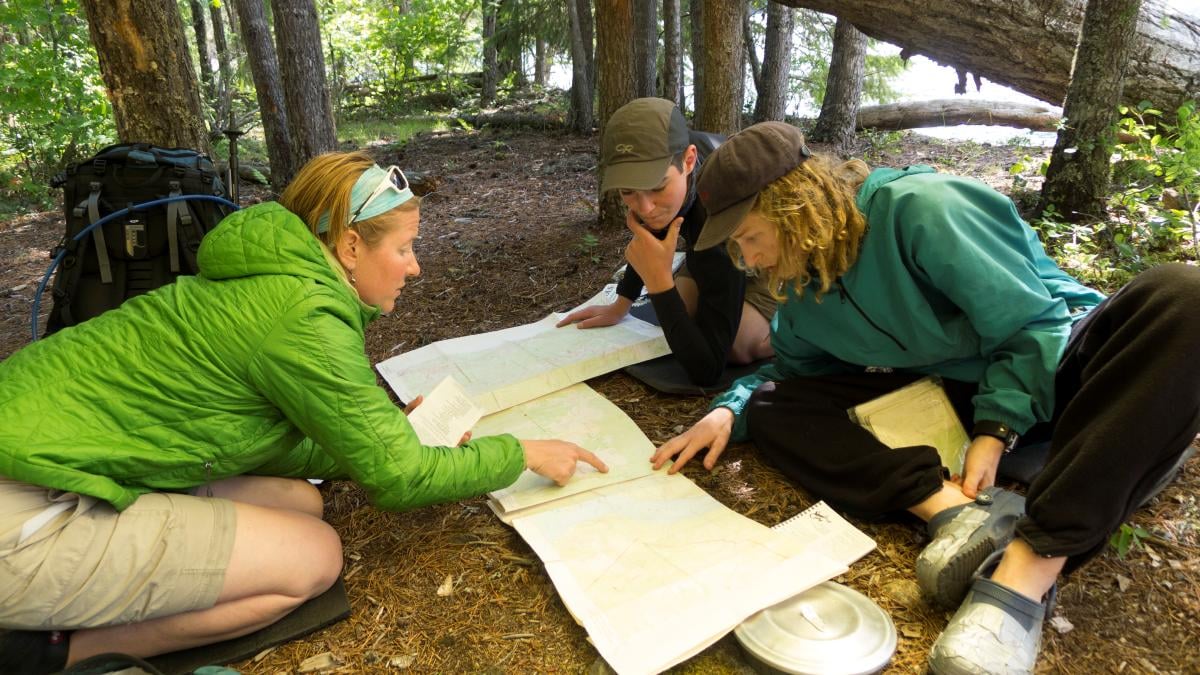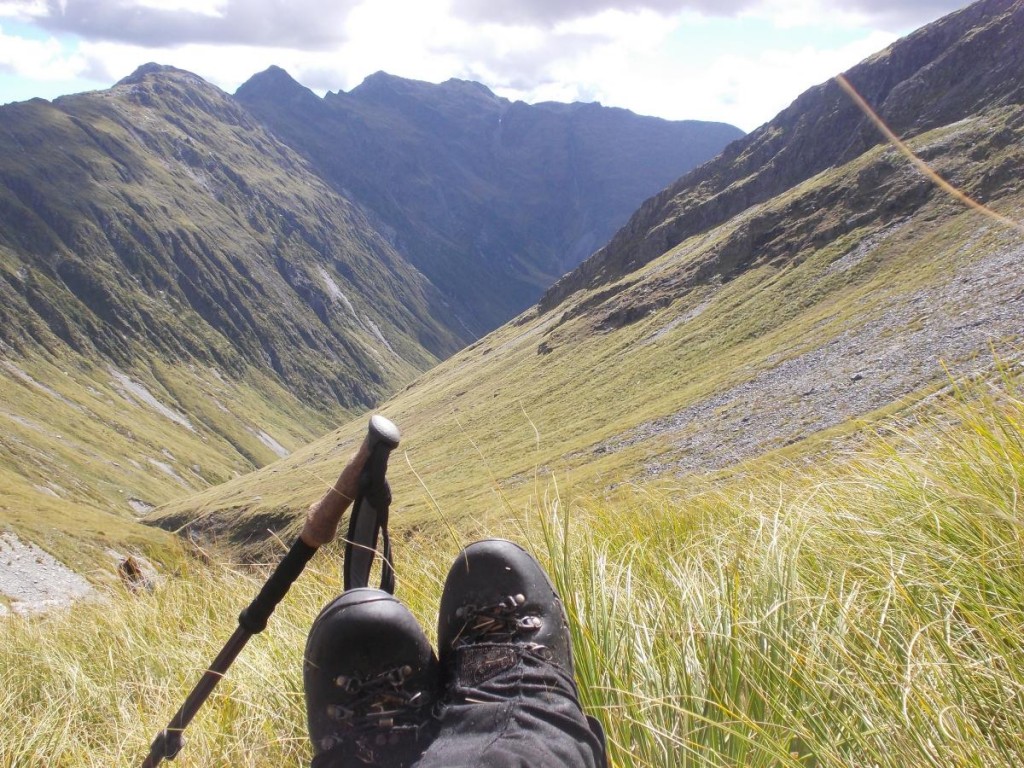I’m all out of layers, I thought as I turned my pack inside out looking for something else we could use. Our patient had a broken femur and my team was scurrying to assemble materials for a splint. I only had what I normally brought on a day hike—a jacket, snacks, and a half-full water bottle—not even a first aid kit. My heart raced as I scrambled to think of what else we could do for this patient. I could hear the rising stress in my teammates’ voices.
Fortunately for everyone involved, this accident was fictional: our patient’s broken femur was part of testing the Wilderness First Responder training we’d been practicing all week.
We did a good job caring for our patient given what we had available, but the stress of feeling so unprepared was real. It was a good check on the way I normally prepare—or don’t—when I’m heading into the outdoors on my own.
Unpleasant surprises like these can happen any time you go outside, whether it’s for a short day hike or an overnight camping trip. The longer your trip, the more care you should take in planning ahead. You can prepare yourself to respond to these types of events by having a solid trip plan before you go. (NOLS even does this at an institutional level with a detailed risk management plan.)

Here are a few things to think about when you’re planning your next trip:
1. Consider Possible Objective Hazards
Objective hazards are the ones you can’t change, like rockfall or weather patterns. When you’re making your plan, think about where you’re going, the hazards you might encounter, and what risks they might present. If you’re climbing up a high peak, learn the timing of afternoon thunderstorms; if you’re heading out for a hike, find out the trail conditions so you can plan ahead for a trail that’s muddy or slippery.
2. Outline Your Trip
This goes with your analysis of the objective hazards. For a trip that’s more than a few days, take the time to plan your logistics and make sure your whole group understands them. Include contingencies in your plan, like alternative trailheads if a road is washed out. Thinking through the possibilities ahead of time will make you more prepared and better able to manage the surprises when they come up.
3. Consider Subjective Hazards
Subjective hazards are human characteristics that can contribute to risk. Talk about expectations for the trip as a team. It’s easy to assume that you and your friends all have the same expectations and training, or that you think about risk in the same way. In reality, you’ll likely find important differences that you need to consider as you plan and prepare ahead of time, and throughout your trip.
For example, a friend who is unable to swim may need to prepare for a canoeing trip with swimming lessons. One of you might define “camping” as car camping in a campground, and someone else may think of spending several days sleeping outside. And, no matter how much you like having your best friend around, if they’ve never been camping before then they may not be a good fit for the 45-day epic Alaskan ski expedition you’ve been planning for the last nine months.
Knowing the abilities and desires of your groupmates will make for a more enjoyable trip, and one where everyone is prepared for the hazards you expect to meet.
4. Talk about Everyone's Roles within the Group
Even when you’re going out with friends, deciding on leadership roles within the group is helpful so that, if an emergency arises, you can have an organized response. Everyone in a group has a role to play, whether they are the designated "leader" or not.
The way you and your group respond in an emergency is another aspect of the subjective hazards of your trip. Decision making in peer settings can be hard—Risk Management Director Drew Leemon points out that “On personal trips [decision making] can be challenging because either no one wants to make a decision and everyone defers, or someone does make a decision, but doesn't have the respect of the others so it isn't heeded.”
You can mitigate this challenge by having a conversation about everyone’s roles within the group before heading out. For example, when you’re climbing a peak, set a turnaround time in advance to better facilitate that decision during the climb.
5. Make Your Emergency Plan
Even though you might never need it, having an emergency plan for a trip is a good idea, especially when your trip goes to more remote places or you’re out for a few days or more. Emergency plans include things like sharing your trip plan with someone at home, including when you expect to return and a map with your route.
If you’re going out with a group, check that everyone understands the plan and can implement it. If only one person in your group has first aid training and that’s the person who gets injured, what’s your backup? This is also a great time to check your first aid kit to make sure your supplies are well-stocked.
These steps are a helpful place to start when you’re making your personal trip plan. If you want more on risk management for your organization, go to this year’s Wilderness Risk Management Conference or attend a NOLS Risk Management Training.
Editor’s note: adapted from our book NOLS Expedition Planning.
- Wilderness First Responder
- Expedition Prep
- Risk Management
- Education
- Wilderness Medicine
- Trip Planning
- Wilderness Safety
Written By
Molly Herber
Molly is a NOLS instructor and writer. She loves the smell of her backpack and does her best writing before 7:00 am. When she's not scouting the next post for the NOLS Blog, she's running and climbing on rocks in Wyoming. Follow her on Instagram @mgherber



